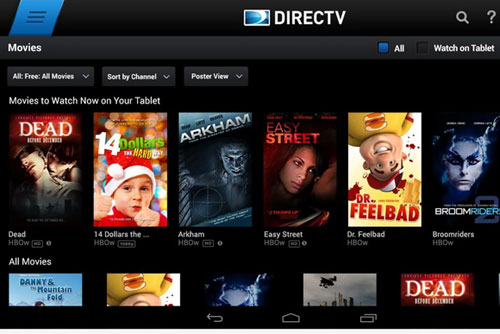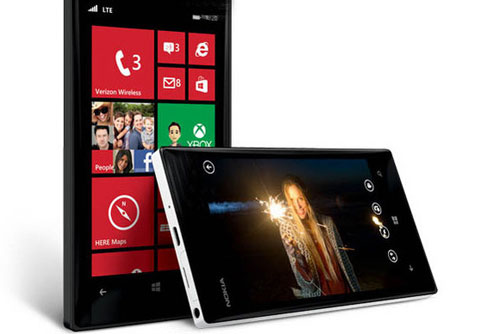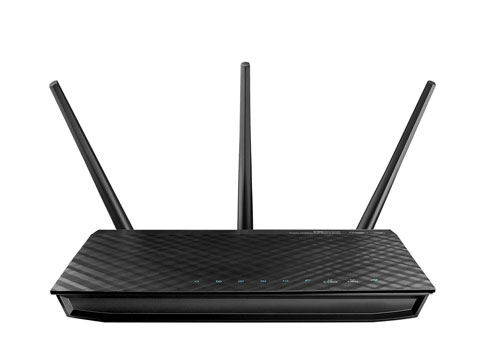Google may be planning to build its Android Auto infotainment system directly into car dashboards next year, but obstacles abound.
Direct vehicle integration would be a feature of Android M, which, according to Reuters’ unnamed sources may launch in the next year or so. However, there’s no word on when the first vehicle would arrive with Android Auto built-in, or whether automakers are even on board with the plan.
In its current form, Android Auto (which is still in beta) requires users to plug their phones into the car’s infotainment system with a Micro-USB cable. Competitors Apple CarPlay and MirrorLink system work similarly. Neither Google nor Apple, nor MirrorLink’s nonprofit Car Connectivity Consortium, have announced plans to build their systems directly into car dashboards.
Why this matters: While plug-in systems are a fine short-term solution, they have some inherent drawbacks. They can be laggy as they receive the signal by wire, and they take a long time to start up. It’s also an inconvenience to plug and unplug your phone, and you could forget to take it with you when you leave. Building these systems directly into vehicles is the next logical step, but it would come with significant challenges.

No easy feat
As automakers explained to me during Google I/O, building an entirely new infotainment system is a much longer, more complicated process compared to letting users plug in their phones. A built-in system would have to support every function the car offers, including climate control and FM radio. By comparison, a plug-in system acts as a supplement, letting Google pick and choose the features it wants to offer, while the automakers handle everything else.
And as Reuters notes, automakers like having that control, because it gives them a way to stand out from their competitors. While Android has been highly customizable in the past, all signs indicate that Google wants to have tighter control over its software. Automakers might not be eager to adopt a system that looks the same in every car.
On a higher level, supporting plug-in systems gives automakers a way to stay platform-neutral. It will be possible, for instance, to get a car that supports CarPlay, Android Auto, and MirrorLink, so the buyer doesn’t feel permanently locked into any of them. It’s unclear whether that would still be the case if the system is built entirely by Google.
That’s not to say Reuters’ report is incorrect. Google may very well announce Android Auto integration next year. But getting automakers to use it will be another matter entirely.
Source: www.pcworld.com




